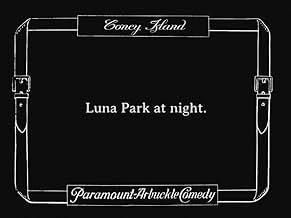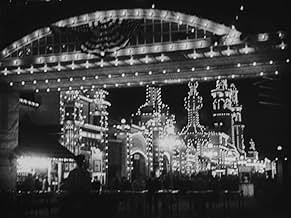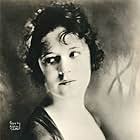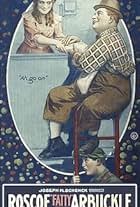Roscoe tries to dump his wife so he can enjoy the beach attractions. Buster arrives with Alice, who is taken away from him by Al, who loses her to Roscoe. Bathing beauties and Keystone Kops ... Read allRoscoe tries to dump his wife so he can enjoy the beach attractions. Buster arrives with Alice, who is taken away from him by Al, who loses her to Roscoe. Bathing beauties and Keystone Kops abound.Roscoe tries to dump his wife so he can enjoy the beach attractions. Buster arrives with Alice, who is taken away from him by Al, who loses her to Roscoe. Bathing beauties and Keystone Kops abound.



























